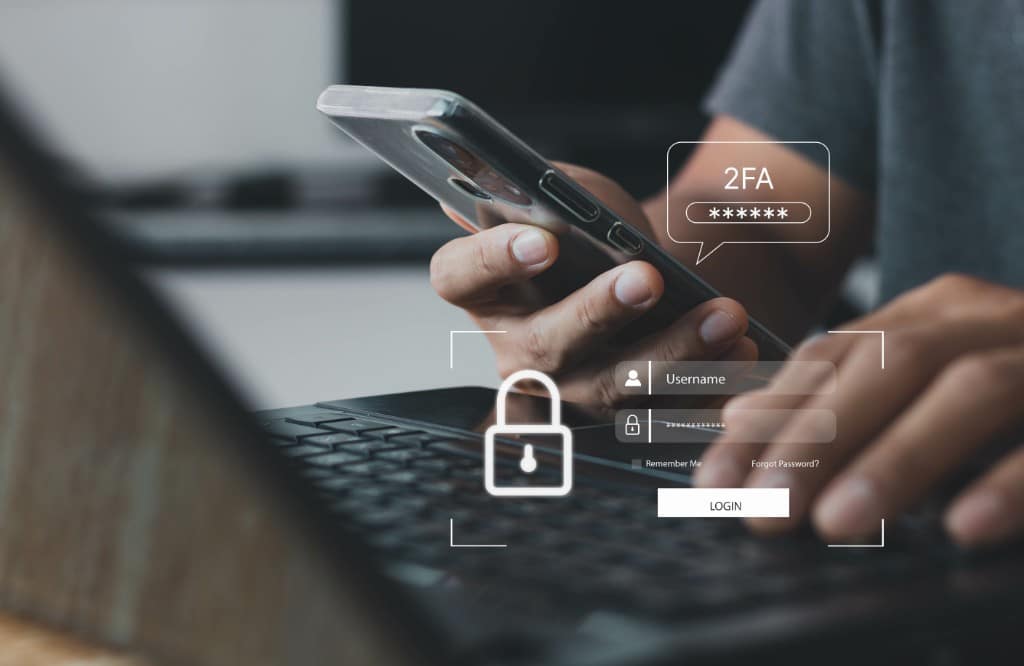
With the growing interconnectedness of modern business IT systems, a cyberattack on any individual machine or network can have devastating consequences for an entire organization. These can range from data breaches to operational disruptions to financial losses and long-term reputational damage.
To safeguard your business from these risks, implement these key strategies for enhancing your cybersecurity in 2025 and beyond.
Conduct regular security audits and penetration testing
Regular security audits are a critical first step to building and maintaining robust cyber defenses. These audits involve a thorough assessment of your systems to ensure compliance with industry standards such as HIPAA or ISO/IEC 27001:2022. They uncover potential vulnerabilities, misconfigurations, and outdated software that could leave your organization exposed to attacks.
To strengthen your defenses further, pair audits with penetration testing. By simulating real-world cyberattacks, penetration tests reveal weaknesses before cybercriminals could exploit them, providing invaluable insights into your system’s resilience.
Require multifactor authentication (MFA)
Traditional password-based authentication is often vulnerable to attacks such as phishing or brute force, so it’s best to add another layer of security: MFA.
MFA requires users to prove their identity using two or more pieces of evidence such as:
- Something they know – passwords or PINs
- Something they have – security tokens or mobile devices
- Something they are – biometric verification such as fingerprints or facial recognition
With MFA, even if passwords get stolen, cybercriminals would still need to fulfill the other authentication steps to gain access to accounts.
Adopt zero trust architecture
The zero trust security model operates on the principle of “never trust, always verify,” in contrast to traditional models that assume users within a network are inherently trustworthy. Recognizing that even internal users and devices can be compromised in today’s threat landscape, zero trust mandates continuous authentication and authorization for all access attempts, regardless of whether users or devices are within or outside the network.
Key practices of zero trust include:
Segmenting access
Divide your network into distinct sections, granting access only to users or departments that need it. Network segmentation reduces the risk of widespread damage in the event of a breach by limiting the attacker’s ability to access and compromise other parts of the network.
Enforcing least privilege
Restrict user access to only the resources they need to perform their specific tasks. For instance, a junior marketing employee might have permission to edit marketing files and view campaign data but should not have access to financial reports. Similarly, HR staff might have viewing access to performance reviews but be restricted from editing payroll details. By limiting access based on job requirements, you minimize the risk of misuse or accidental exposure of sensitive information.
Continuous monitoring
Use security tools to track and analyze network activity, detecting and blocking unauthorized or suspicious activity in real time before it escalates.
Leverage AI-powered threat detection
AI (artificial intelligence) is revolutionizing the way businesses detect and respond to cyberthreats, providing faster, smarter, and more accurate protection than traditional methods. By analyzing vast amounts of data in real time, AI-powered tools can spot unusual activity or vulnerabilities, predict potential threats before they materialize, and adapt to new attack methods through machine learning.
Prioritize cloud security
Securing cloud environments is crucial for protecting data and ensuring business continuity. Best practices include:
- Secure configurations – Regularly review and update your cloud settings to ensure they align with industry security standards and compliance requirements. Misconfigured settings create vulnerabilities that can lead to unintentional data exposure.
- Data encryption – Encrypt sensitive information so that even if it is intercepted or accessed without authorization, it remains unreadable.
- Continuous monitoring – Use advanced tools to continuously monitor your cloud environment for unusual or suspicious activity. Early detection allows you to quickly respond to potential threats before they escalate.
Implementing these cybersecurity best practices doesn’t have to be a struggle. SpectrumWise provides the expertise and support you need to build a secure digital future for your business. Get in touch with us today.



